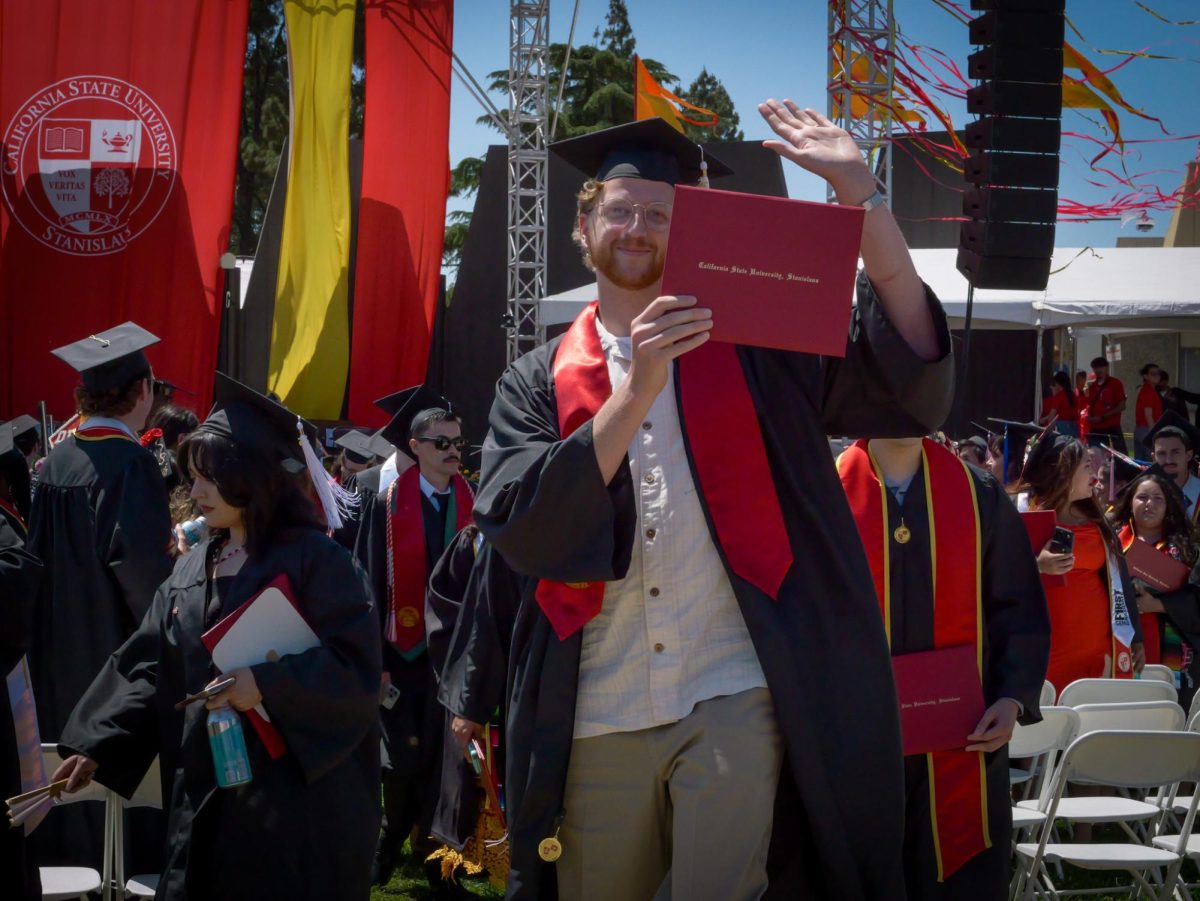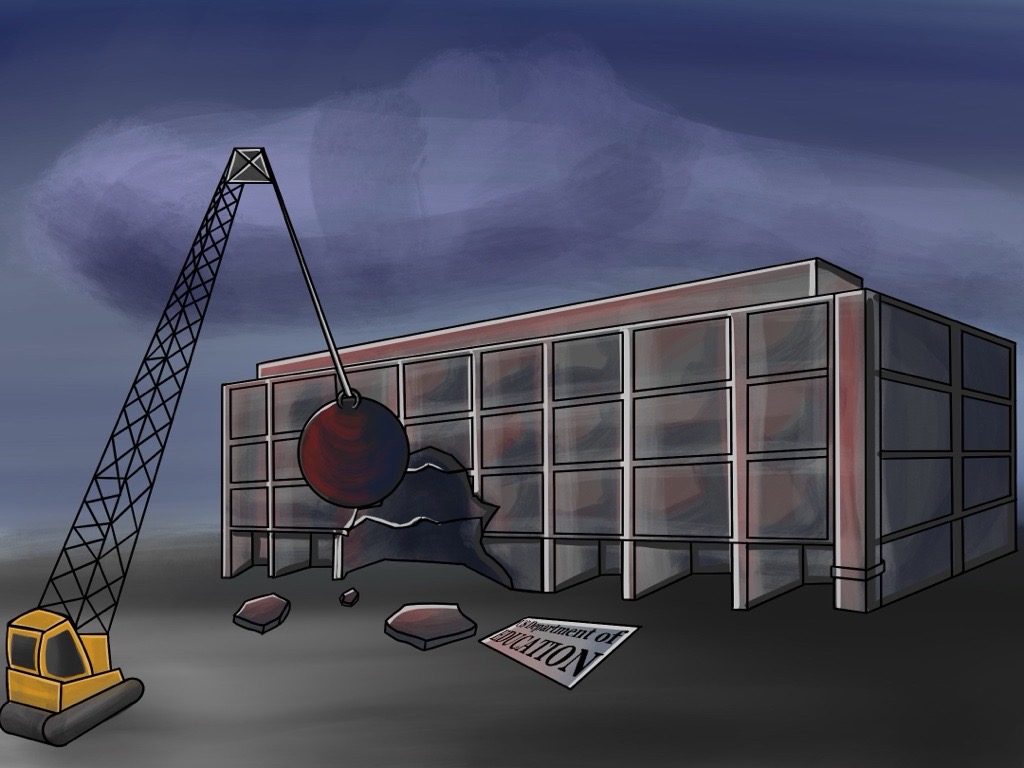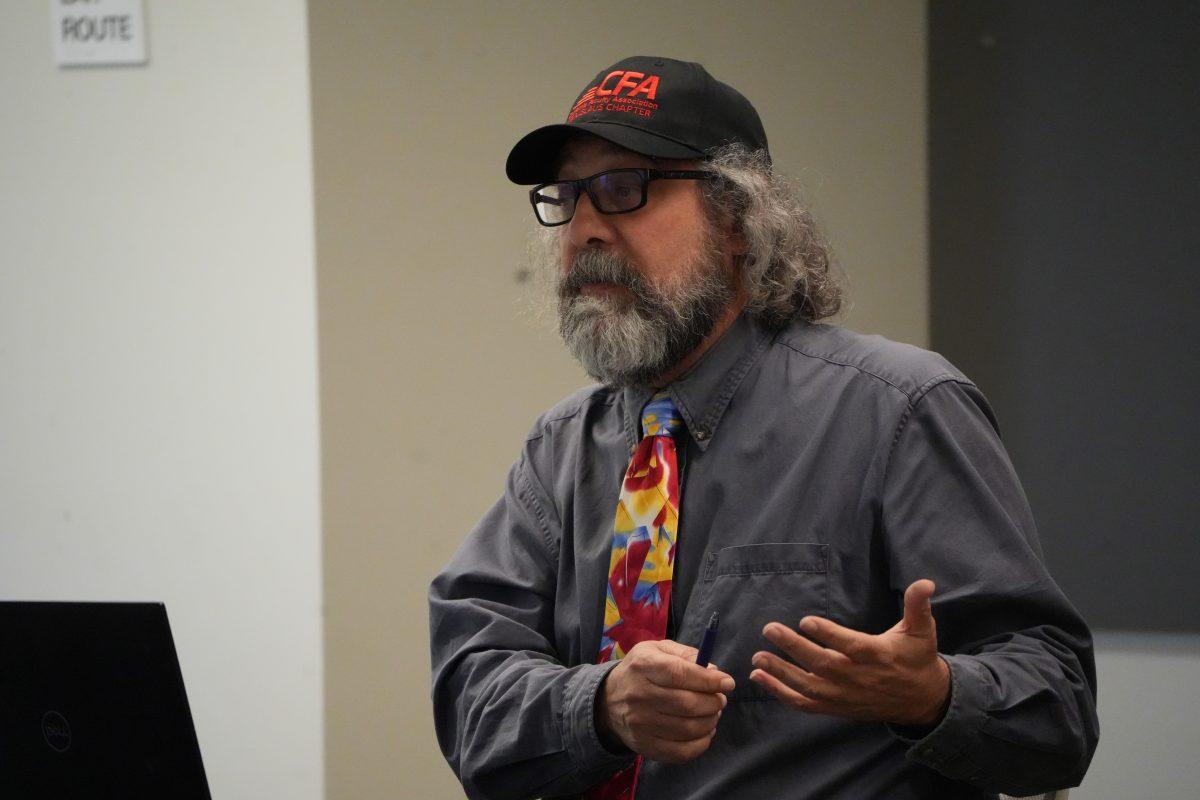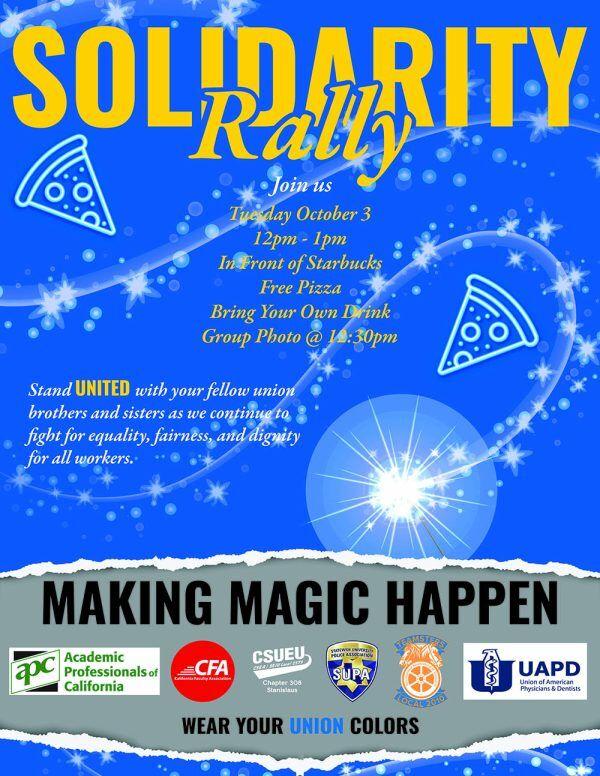AT&T urged drivers nationwide to pledge never to text and drive as they proclaimed Sept. 19 “No Text on Board Pledge Day.” This effort is part of the company’s nationwide campaign, “It Can Wait,” aimed to educate drivers, specifically teens, about the dangers of texting while driving.
“We have young people being injured, we have young people being killed by not being responsible in terms of how they use this technology,” AT&T Chairman and CEO Randall Stephenson said in the video, “Anti-Texting While Driving Technology.”
Days preceding the “No Text on Board Pledge Day,” celebrities joined the campaign, pledging to never text and drive and urging others to do the same.
“The best way to keep yourself safe is to stay off the phone until you get out of the car,” Janel Parrish, Pretty Little Liars star said in a video on ryanseacrest.com. “Whatever the text is, it can wait. Save your life.”
Over 140 organizations, including the National Safety Council, the U.S. Department of Transportation and the Federal Communications Commission, have joined “It Can Wait” to spread the important message.
In January, 2010, The National Safety Council announced that an estimated 1.6 million crashes per year, approximately 30 percent of all traffic crashes, involve drivers using cell phones and texting. Two months later, AT&T launched “Don’t Text While Driving,” a 10 minute documentary about teens who have died or killed others due to texting while driving.
Since then, AT&T has continued to reach out to drivers in various ways to halt the dangerous act.
The telecommunications company created DriveMode, a free app offered for select smartphones. Once activated, the app provides a customizable auto-reply message, notifying text senders that the receiver is driving and will reply later.
In development now, the company is creating virtual simulators to demonstrate the dangers of texting behind the wheel; this project is set for completion at the end of the year.
Earlier this year, AT&T surveyed 1,200 teens regarding their texting and driving habits. The survey found that 97 percent of teens believe texting while driving is dangerous; however, survey statistics show their belief is not strong enough to completely halt the act.
Results showed 61 percent of teens glance at their phone and 43 percent send a text while driving. That number increases at stop lights, where 73 percent of teens admitted to glancing at their phones while 60 percent actually sent out a text message.
The Virginia Tech Transportation Institute says a driver’s likelihood of being involved in an accident is multiplied 23 times while texting.
“Our goal is to save lives,” Stephenson said. “I hear from far too many people whose lives have been forever changed by a texting-while-driving accident, and together, we want to spread the word about how deadly a single text can be. A text can wait. This message can’t.”
To pledge or for more information, visit itcanwait.com.
Categories:
AT&T calls for no texting with their “It Can Wait” campaign
By Alex Backus
•
October 3, 2012
0
Donate to Signal
Your donation will support the student journalists of California State University, Stanislaus. Your contribution will allow us to purchase equipment and cover our annual website hosting costs.
More to Discover






